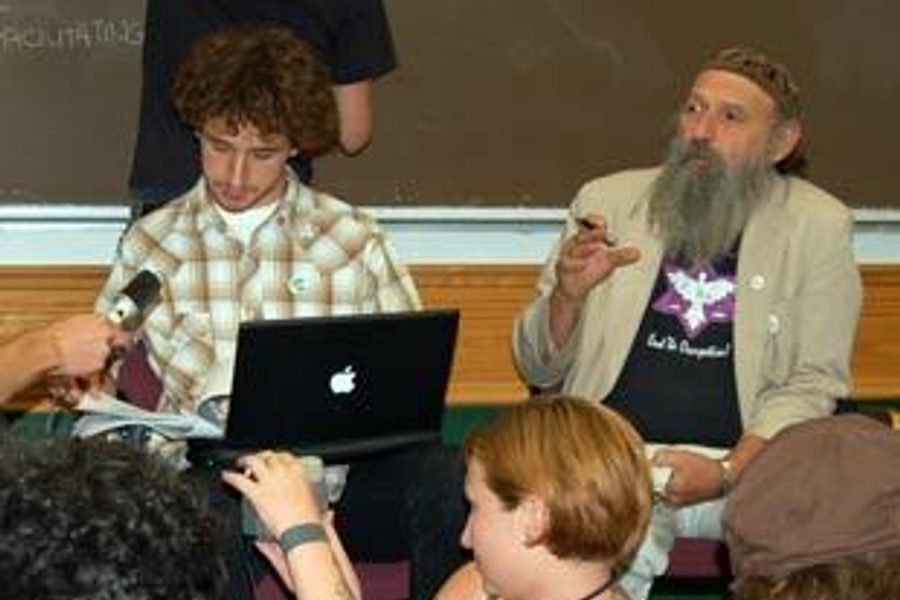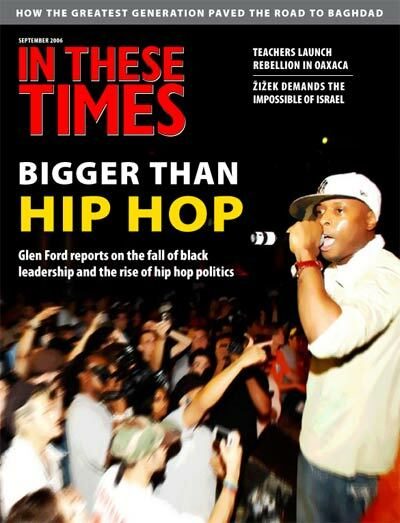
Over the first weekend of August, more squirrels were scampering through the Quads at the University of Chicago than students or professors. But from Aug. 4 to 7, students adorned with political pins and T-shirts transformed the drab front hall of Cobb Hall into a scene reminiscent of a political rally. For the first time in 37 years, the newly re-formed Students for a Democratic Society (SDS) exchanged ideas and strategies at a national convention, one that contained both contention and hope for the modern student left.
Beginning in 1960 and lasting through the next nine years, SDS pioneered the teach-in as a means to examine and protest the Vietnam War and organized an estimated 100,000 students. The sectarian downfall of SDS at their national convention in Chicago in 1969 led to the disintegration of almost 200 active chapters and created a void on college campuses that many think remains unfilled. “The demise of SDS was so disastrous that it left many suspicious of any form of a national organization,” says Maurice Isserman, a history professor at Hamilton College, former member of SDS and the author of three books about the New Left.
But hope springs eternal. In January, a group of students and SDS veterans, led by Pat Korte, then a senior at Stonington High School in Connecticut, and SDS’s first president Alan Haber, decided to re-establish the group. In just eight months, more than 1,000 students registered as members and 150 local chapters have started up.
The 100 or so students who attended the convention shared war stories from local campaigns. Chapters from various schools, such as Pace University, the University of Central Florida and the New School, also organized diverse workshops on broader topics ranging from “The Student Syndicalist and Unionist Movement” to “White Privilege and Gentrification,” allowing members to exchange tactics and organizing methods. The most passionate exchanges, however, were reserved for the larger brainstorming session on how to develop a provisional national structure for the group, which included discussions on its purpose, voting processes and maintaining both democracy and the decentralization of power.
By practicing participatory democracy, direct action and chapter autonomy, the new generation of SDS organizers has embraced many of the idealistic values expressed in its predecessor’s seminal manifesto, the Port Huron Statement. Members hope to create a viable, multi-issue movement that will effect radical social change and reinvigorate the student left. “SDS is a valuable organization because it gives students an opportunity to define and direct their own movement,” says Korte. “It also allows us to build a movement that will utilize dual power, create alternative institutions and is modeled after a society we collectively envision.”
Why did the new crop of activists choose to revive SDS instead of starting a fresh organization? Despite its complex history, they believe that, as activists fighting for more democracy in the world, the name “Students for a Democratic Society” more precisely expresses their mission than any alternative. The revival of the name also attracted the attention of various SDS veterans who have created a post-graduate division known as the Movement for a Democratic Society (MDS). MDS hopes to develop a concurrent program specializing in legal defense and radical education that will provide knowledge to the new SDSers.
“The original SDS did not have access to elders who made mistakes,” says New York City regional organizer and MDS member Tom Good. “If we are careful not to finger wag but only to advise, that knowledge will be an asset.”
Finally, members think that restarting SDS provides a tacit connection to the important and comparable battles their predecessors waged. “SDS offers a sense of long continuity of the struggle,” says Haber. “Students sometimes don’t have much perspective and SDS allows us to build a sense of how it’s all connected.”
But some are skeptical of SDS’s revitalization. While excited by the group’s desire to “develop a deep analysis of the root causes of the crises and catastrophes we face,” former SDS member and Weatherman dissident (and now University of Illinois at Chicago education professor) Bill Ayers thinks that nostalgia for the first major student movement can be detrimental. “There’s nothing more depressing than longing for a ship that’s already left the shore,” says Ayers.
Isserman is leery as well, arguing that appropriating the name and identity of a group from the past is contradictory for an organization modeling itself after the pioneers of the New Left. “[The first] SDS attempted to re-imagine what it meant to be on the left in America,” he says. “They were not trying to turn back to earlier models.”
To organize a radical social movement today, SDS will also have to overcome its stigma as a white, male-dominated organization. This issue arose at the convention when the People of Color Caucus produced a statement of constructive criticism to the overwhelmingly white attendees, indicating that each of its members had felt alienated at some point during the weekend.
Lehigh University senior Hannah Behrmann thinks that the group will fail if multiple voices are not heard. “Diversity isn’t the greatest at this conference, but it is only the first one,” Behrmann says. “It will be very important in the coming months that the organization pays very close attention to the make-up of its leaders.”






